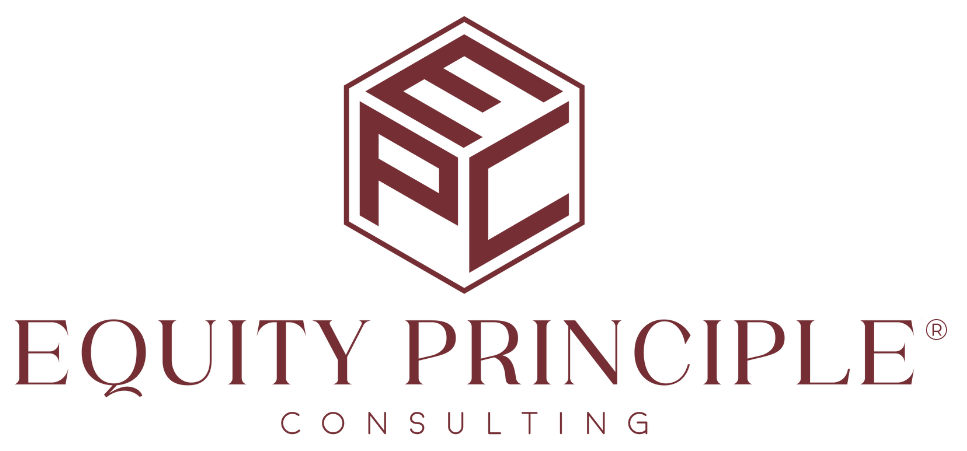How To Embrace DE&I as a Catalyst Rather Than a Disruptor
In the corporate world, the rollout of Diversity, Equity, and Inclusion (DE&I) initiatives often brings a mix of excitement and uncertainty among leaders. The notion that DE&I could disrupt business operations is a prevalent concern. However, viewing these initiatives not just as potential disruptors but as catalysts for positive change is crucial. As businesses evolve, strategically integrating DE&I as a catalyst is essential for enhancing, not hindering, business performance.
The hesitation often arises from misconceptions about what DE&I involves and how it affects the existing corporate structure. It’s vital to acknowledge that DE&I aims to dismantle outdated systems and disrupt the status quo, fostering significant workplace transformations that enrich and empower the organization. By cultivating a more diverse and inclusive environment, companies can unlock innovative potential, improve problem-solving capabilities, and gain deeper market insights that homogenous environments typically overlook. Using DE&I as a catalyst, organizations can drive transformative change.
Business leaders must proactively address potential challenges to successfully integrate DE&I as a catalyst and harness its benefits. Here’s how:
- Anticipate Cultural Resistance Change can be unsettling, and introducing DE&I initiatives can challenge longstanding norms and practices. Some team members might fear that these efforts could impact their current positions or status within the company. Leaders must prepare for this by promoting open communication and demonstrating that DE&I measures are meant to boost the company’s overall health and performance, not to exclude or disadvantage anyone.
- Plan for Short-Term Adjustments Significant changes in business operations can lead to initial disruptions. Implementing DE&I policies might temporarily affect productivity as teams adjust to new dynamics and processes. Leaders should anticipate these shifts and plan accordingly by establishing realistic timelines, providing relevant training, and allocating resources to support employees during the transition.
- Address Unconscious Bias Unconscious biases—social stereotypes about certain groups that individuals form outside their conscious awareness—can subtly but significantly affect workplace dynamics. Conducting training sessions that help employees recognize and mitigate these biases is crucial. These initiatives should be continuous, adapting to new insights and workforce changes.
- Discuss DE&I Implications in Advance A well-rounded DE&I strategy requires comprehensive discussion and planning. Before implementation, leaders should convene meetings with various stakeholders to assess how these initiatives might influence every aspect of the business, from team dynamics and company culture to client relationships and product development. This proactive approach not only prepares the organization for potential changes but also ensures that the strategy is inclusive and considers diverse perspectives.
- Develop Flexible Responses No DE&I initiative fits all situations, and adjustments are often necessary. Leaders must remain adaptable, receptive to feedback, and prepared to modify strategies as required. Establishing mechanisms for employees to voice concerns and suggest improvements can help address issues before they escalate and facilitate prompt resolutions.
In conclusion, while concerns that DE&I might disrupt business are understandable, reframing DE&I as a catalyst for growth and innovation is crucial. By anticipating challenges and engaging in comprehensive planning, leaders can ensure that DE&I initiatives enrich their companies and make them more adaptable, resilient, and competitive in a diverse global market.

